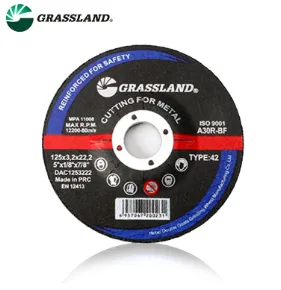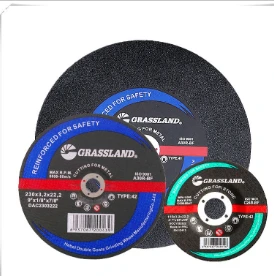

From an expertise standpoint, one cannot overlook the necessity of proper usage and maintenance protocols. The best tools in the wrong hands can yield suboptimal results. Training in the correct application techniques—such as maintaining the right angle and pressure—is essential. Equally critical is routine inspection and proper storage to prevent wheel warping and degradation. This aspect underlines the authoritative knowledge that any vendor or supplier of cutting wheels must impart to their clientele. Moreover, product quality assurance processes, adherence to industry standards, and certification (such as ISO or ANSI) are essential benchmarks for trustworthiness. Companies recognized for their rigorous testing procedures and commitment to quality provide an additional layer of security to consumers. This is crucial because when handling materials as potentially hazardous as steel, the margin for error must be minuscule. Finally, customer reviews and user testimonials offer real-world insights into a product's performance, supplementing technical specifications with lived experiences. Community forums and specialized industry groups serve as invaluable resources where craftsmen share tips, tricks, and personal endorsements, creating an ecosystem of shared knowledge that further informs product choice and application. In summary, the selection of a cutting wheel for steel involves a strategic blend of material science, practical wisdom, and professional insight. The ideal product emerges from rigorous technical specifications aligned with user-centric testimonials, ensuring that the cut not only meets exacting standards but also backs the brand with trustworthy performance. In this intricate dance between innovation and execution, mastery is achieved not merely through equipment but through a deep, authoritative understanding of the technology and its application.
Post time:Jan - 25 - 2025

















